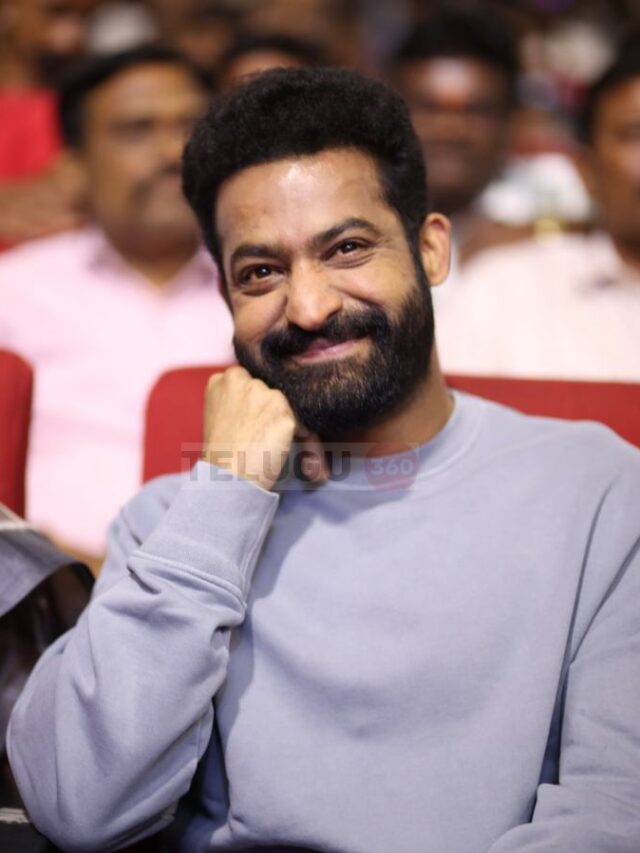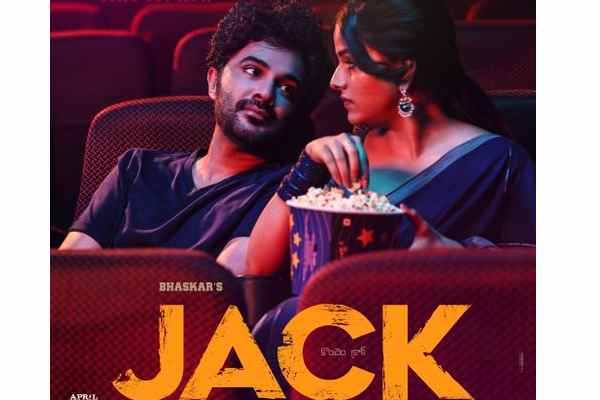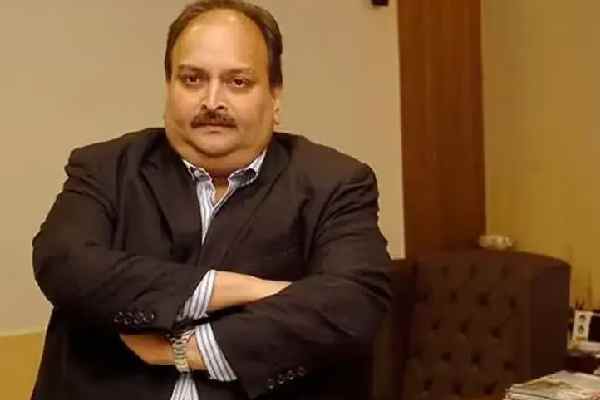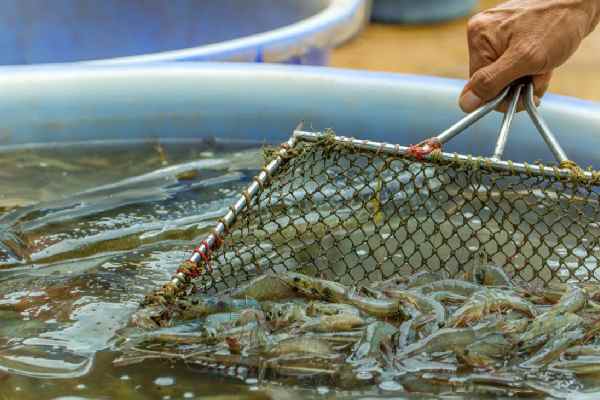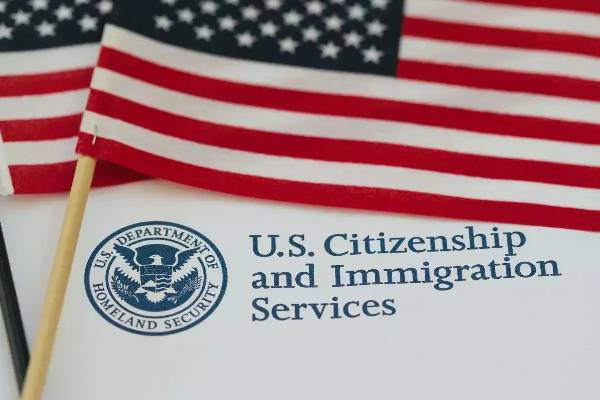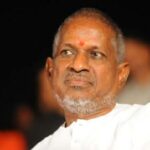Despite the dent in revenues during the last two years due to Covid pandemic and lack of help from the Centre, Telangana financially appears to be on a firm footing.
With a higher growth rate and per capita income than many bigger states, India’s youngest state has become the fourth largest contributor to national GDP in a short span of less than eight years and claims to be a model for the entire country in welfare and development.
According to 2020-21 budget estimates, Telangana’s estimated outstanding public debt will be over Rs 2.86 lakh crore. However, the economists say the state has the capacity to manage debts.
According to a study paper released by the Reserve Bank of India (RBI) last month, Telangana’s debt-to-GSDP ratio is the lowest in the country, indicating the fiscal health of the state.
Based on the annual data between 2014-15 and 2018-19, the study paper revealed that the State Performance Composite Index (SPCI) of Telangana has improved. SPCI measures both the fiscal performance and market development of states.
The average debt to Gross State Domestic Product (GSDP) of Telangana from 2014-15 to 2018-19 was 16.1 per cent, which is the lowest among the states in the country.
According to state finance minister T. Harish Rao, Telangana is among the states having the lowest debt burden in the country, dismissing the claim by the opposition parties that the Telangana Rashtra Samithi (TRS) government has pushed the state into a debt trap.
Harish Rao had told the state Assembly last year that Telangana’s debt burden is only 22.8 per cent of GSDP, which is well within the permissible limits under the FRBM Act. Telangana was then at the third place from the bottom in the country.
“The Centre’s debt burden is 62.2 per cent of GDP while Telangana’s debt burden is just 22.8 per cent of GSDP,” he had stated.
The RBI also revealed recently that Telangana is the fourth largest contributor to the country’s economy. According to “Handbook of Statistics on the Indian Economy 2020-21” the Net State Value Added (NSVA) by Telangana at current prices to the country increased from Rs 4,16,930 crore in 2014-15 to Rs 8,10,503 crore in 2020-21.
Leaders of ruling TRS say this contribution is significant considering the fact that Telangana is the 11th largest state in terms of geographical area and 12th in terms of population.
According to Telangana State Statistical Abstract Report released this week, provisional estimates show the GSDP of Telangana at current prices in 2020-21 was Rs 9,80,407 crore. Between 2012-13 and 2020-21, the average annual GSDP growth of Telangana was 6.8 per cent and GDP of India was 5.1 per cent.
For 2021-22, the state presented a Rs 2.31 lakh crore budget despite the pandemic drastically impacting the state’s economy. For 2020-21 the budget size was Rs 1.82 lakh crore.
The budget for FY22 comprised revenue expenditure of Rs 1.69-lakh crore and capital expenditure of Rs 29,046 crore. The fiscal deficit went up to Rs 45,509 crore from Rs 33,191 crore in the previous financial year.
Telangana’s growth rate has been consistently higher. In 2018-19 it was 9.8 per cent against GDP growth rate of 6.5 per cent. The growth rate was 6 per cent in 2019-20 against GDP growth rate of 4 per cent. In 2020-21, it was -0.6 per cent against All India -7.3 per cent.
In another key performance indicator, the per capita income of Telangana increased from Rs 91,121 in 2011-12 to Rs 2,37,632 in 2020-21. This is against all India averages ranging from Rs 63,462 in 2011-12 to Rs 1,28,829 in 2020-21.
In another boost for Telangana, the latest data by the Centre for Monitoring Indian Economy revealed that the state has lowest unemployment at 0.7 per cent.
Economist Papa Rao believes that Telangana has no financial worries as it is performing well despite not receiving the support from the Centre. “Some debts were unduly raised but the state has the capacity to manage them. It can generate its own resources,” he said while pointing out that the state’s tax revenues have gone up during the current year. He, however, said the state should be cautious in raising new loans.
According to him, Telangana in a short span of time has emerged as a progressive state with Hyderabad as the growth engine attracting massive investments. The state created assets in the form of irrigation projects and Mission Bhagiratha which envisages drinking water supply to every house.
He, however, believes that Dalit Bandhu scheme launched by TRS government recently is not viable. Under the scheme claimed to be the only one of its kind in the country, the government plans to provide Rs 10 lakh grant to every Dalit family.
“There are 50 lakh Dalit families. Mobilizing such huge funds is very difficult. This may take many years and may not yield desired results,” Papa Rao said.
Pointing out that an overwhelming majority of Dalits are agriculture labourers, the economist said distribution of land rather than cash would have been more practical.
The state claims to be number one in welfare in the country with a welfare budget of over Rs 40,000 crore. It is implementing a plethora of welfare schemes from social security pensions to various categories to financial help for marriages of poor girls to Rythu Bandhu under which every farmer gets Rs 10,000 as annual investment support for every acre.
However, opposition Congress party leader Dasoju Srravan says that welfare programs should ultimately empower people. “Farmers’ suicides have not stopped despite Rythu Bandhu. During the last 4-5 years 8,000 farmers have ended their lives. Farmers do not want Bandhus, they want MSP for the hard work they put in and market support for agricultural produce,” he said.
The national spokesperson of the Congress party believes that the TRS government is focusing more on voter alluring programs but not voter empowerment programs. “As a result the state has landed into a serious debt trap and today we are a financially bankrupt state. We don’t have money for salaries and we don’t have money for repayment to contractors.”
He blamed lopsided priorities of the government, mismanagement, callous understanding of development for this situation. “On top of it is mysterious corruption in projects. TRS leadership has become extremely rich overnight,” he said.
The Congress leader alleged that the state government is making people addicted to liquor by opening more and more wine and bar shops across the state. “It is giving pensions and some money under Rythu Bandhu but draining their resources through sales tax on liquor. See how liquor revenue has increased in these 7-8 years,” he said.
The revenue from liquor sales, which was Rs 10,833 crore, has gone up to Rs 27,888 crore in 2020-21.
He alleged that the TRS government completely ignored sectors like education, health and employment generation
“The chief minister proudly says a private villa in Hyderabad costs Rs 25 crore and still people are coming and buying. Is that a development indicator? It is a third-rate governance indicator. In management we call it critical incident analysis while analyzing performance. The CM made critical comments reflecting his innate mindset and how he sees development,” Srravan said.









